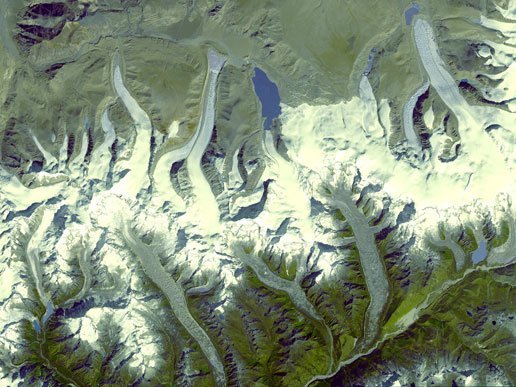The United Nations Intergovernmental Panel on Climate Change is reexamining a report it issued that suggests Himalayan glaciers could vanish by 2035.
 The veracity of the claim is in doubt after it was revealed that information cited in the report was based on “grey literature”. It was taken from a WWF report that was not based on peer-reviewed research.
The veracity of the claim is in doubt after it was revealed that information cited in the report was based on “grey literature”. It was taken from a WWF report that was not based on peer-reviewed research.
“We are looking at the issue and will be able to comment on the report after examining the facts. The science doesn’t change: Glaciers are melting across the globe and those in the Himalayas are no different,” Rajendra Pachauri, head of the IPCC, told Bloomberg.
Here is the actual chapter and subsection under scrutiny:
The SMC sought comment from Dr Andrew Mackintosh, senior lecturer in geography and geology, Victoria University:
“Himalayan glaciers have been less well studied than in many areas of Earth such as the European Alps. From what we do know, the overall trend is of increasing mass loss, although this might not be true of every region.”
“Satellite observations of glacier retreat in the eastern Himalaya in particular show large changes in the glaciers. Here, much like in New Zealand, many glaciers are covered by surface debris and they have been thinning vertically rather than retreating horizontally. However, these glaciers have recently began to form lakes at their fronts, and this has enhanced retreat. This is also true of the Khumba region near Mount Everest where an overall thinning is evident and lakes have increased in size during the last few decades, much like the Tasman Glacier at Mt. Cook.
“It is clear that these glaciers are retreating and the spectre of their complete loss is very real.”
This useful research presentation, recommended by Dr Mackintosh, gives in-depth information about glacier change in the Himalayas.